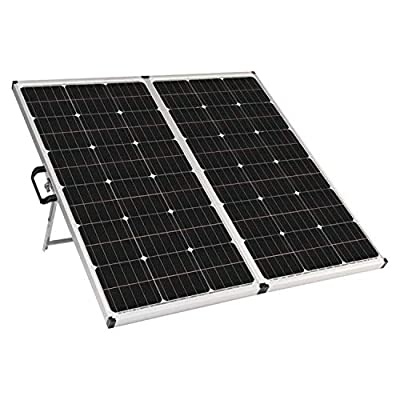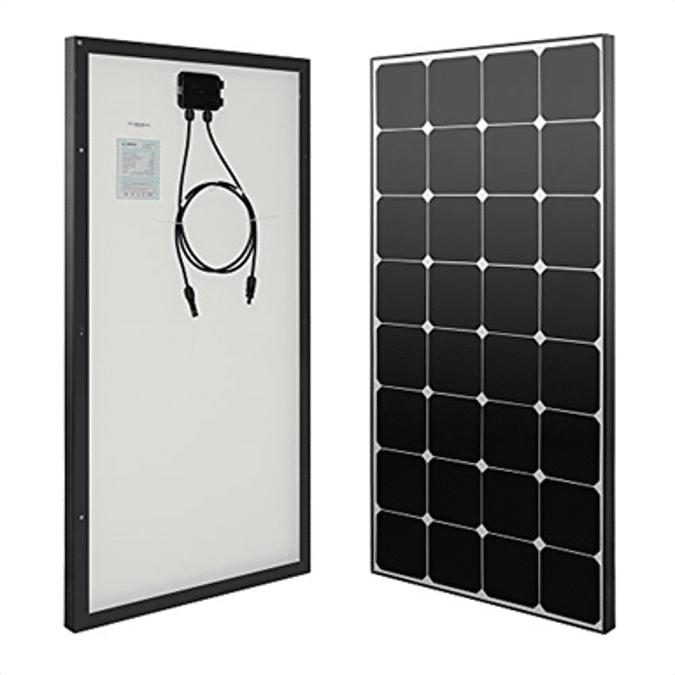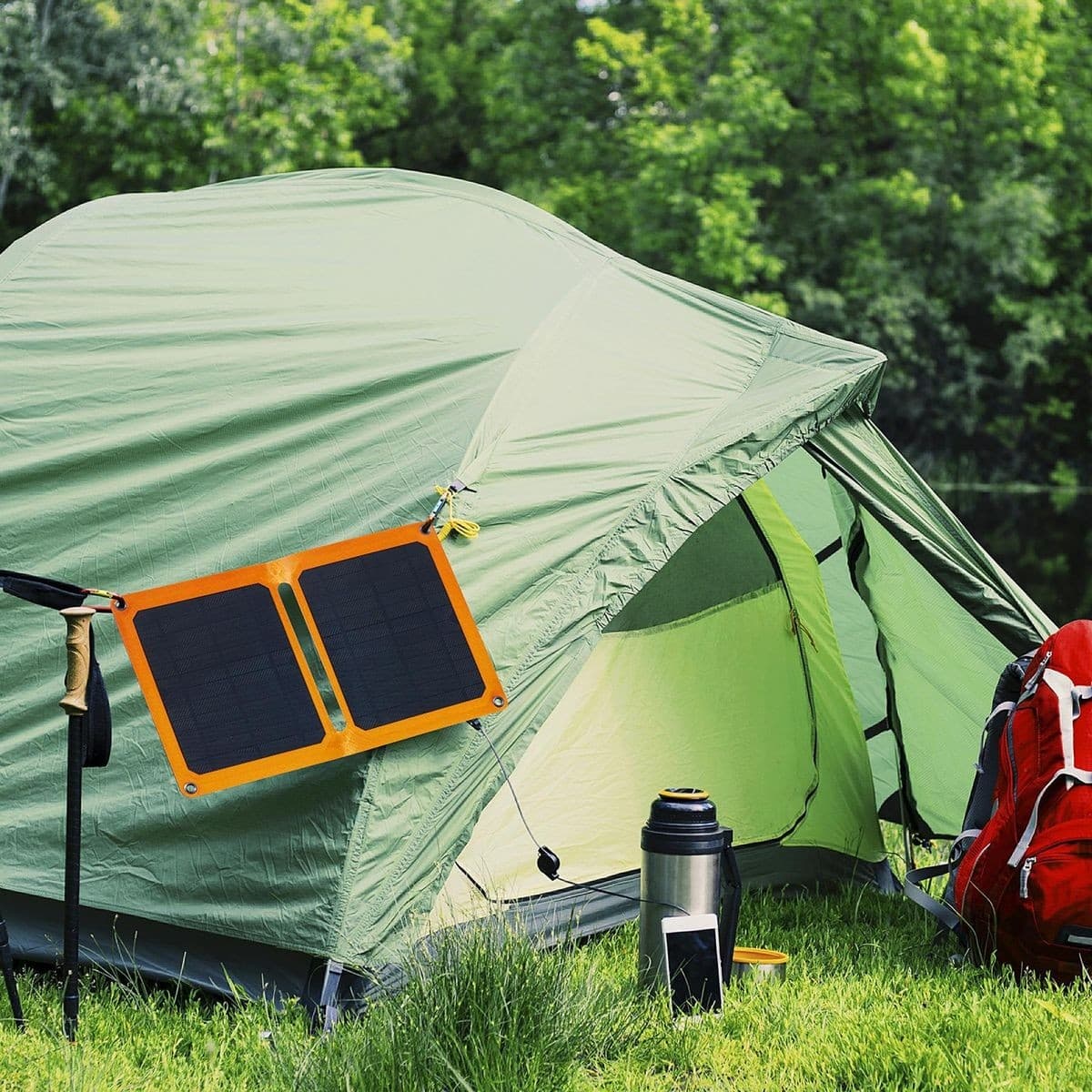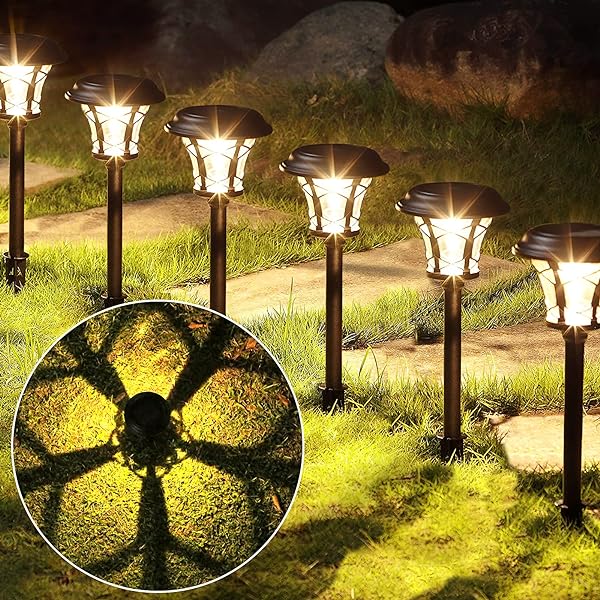When it comes to solar power, size matters. That’s because the more space you have to install panels, the more energy you can generate. And since solar panels are large and bulky, the best way to get as much of them onto your property as possible is by using an area of land known as a “solar farm”. Solar farms are large plots of land that contain many individual solar panels.
They’re typically owned by companies that specialize in installing photovoltaic panels on rooftops for home and commercial building owners who want to take advantage of renewable energy resources. To find out everything you need to know about installing solar panels on your property, read on…
What is a solar farm?
A solar farm is a large plot of land that contains many individual solar panels. The land can be located in a remote area or on an industrial site and can comprise one roof or many roofs that are linked together with electrical cabling. In order to produce energy, the panels convert sunlight into electricity using solar cells.
The electricity produced can be used to power the site, such as powering a data center, or sold back to the electricity grid. Solar farms typically have solar panels that are mounted on a structure made of composite materials, such as wood or concrete, to avoid damage from strong winds, heavy rain, or snowfall. Typically, the solar farm is owned by a large power company, and the electricity produced is sold to the grid.
How big of a solar farm do you need?
Depending on your property and the amount of sunlight it receives, you can calculate how much solar power you’ll need for your property. There are a few things you’ll need to keep in mind as you make your calculations, such as the amount of shade your property gets and how big of an area is covered by your solar panels.
If your property is in a sunny location, such as a beach or a mountainside, you’ll need to account for the amount of shade your property receives. Another thing you’ll need to keep in mind is the size of your property and the amount of space your panels can cover.
For example, if you’re planning to install solar panels on your roof, the area you need to cover will be smaller. If your property is large, you’ll need to calculate the amount of land that your solar panels can cover.
What’s the difference between photovoltaic panels and solar farms?
Photovoltaic (PV) panels generate electricity by using direct sunlight to produce energy. They come in a variety of shapes, sizes, and colors and have been around for decades. While some older models only produce around 5 to 7 watts of power, modern photovoltaic panels can produce up to 15 to 20 watts of electricity.
Solar farms, on the other hand, are large tracts of land that are filled with PV panels. They’re owned by large power companies and generate electricity using large amounts of solar energy. The electricity generated at a solar farm is then sold to the grid, such as an electric utility.
Benefits of Installing Solar Panels on Your Property
– Lower electricity costs. Solar panels are a good way to reduce your utility costs and potentially save hundreds of dollars each year. If your utility costs include a fixed amount, such as a monthly bill for electricity or natural gas, then you’ll receive even greater savings.
– Environmentally friendly. Solar panels produce no emissions, including carbon emissions from fossil fuels like coal or natural gas. They’re also renewable, unlike fossil fuels that are finite resources that will eventually run out.
– Reduce your carbon footprint. When you produce your own electricity with solar panels, you’re reducing carbon emissions in two ways. First, you’re not using fossil fuels to generate electricity. And second, you’re reducing the amount of electricity you use, so you’re using less energy overall.
– Invest in renewable energy. Installing solar panels can be a great way to help diversify your investments and reduce your risk. If the cost of fossil fuels rises over time, you’ll still receive the same amount of electricity with your solar panels.
– Lower your carbon footprint. If you’re planning to sell excess electricity back to the grid, you can lower your carbon footprint even more by choosing a solar panel brand that produces low- or no-carbon electricity.
The American Council for Energy- also notes that solar panels can reduce air pollution because sunlight is filtered before it reaches the earth’s surface. These tiny particles can affect the air quality in cities, causing asthma attacks and other health problems.
How to Find Out How Much Solar Panels You Need for Your House or Farm
The most important thing to know before installing solar panels on your property is how much electricity your panels will produce. This will help you determine how much electricity you’ll need to purchase from the grid.
In most cases, your solar system will produce more than you need and you can sell any extra power back to the grid. To find out how much energy your solar panel system will produce, you’ll need to calculate your daily electricity needs.
After that, you can use a solar calculator to determine how much energy your system should produce based on your needs. These online solar calculators can help you find out how much energy your panels will produce and the amount of money you can earn by selling excess energy back to the grid.
Choosing PV panel brands for your property
When you’re choosing a brand of solar panels for your property, you’ll want to keep a few things in mind, such as the quality of the panels and the warranty provided. The best way to determine which brand of panels to use is to research each one and compare their features.
When it comes to figuring out how much energy your panels will produce, you can use a solar calculator or an online calculator, such as those available on EnergySage. The online calculators can help you figure out your system’s output and how much energy it will generate based on your needs and the location of your panels.
Installing Solar Panel Modules for Your Property
Installing solar panel modules is similar to installing solar panels on your roof. The main difference is that solar panel modules come as a set of small, interconnected solar panels. Once you’ve determined which brand of solar panels you’d like to use and the amount of energy you’ll need from them, you’ll need to find a company that installs solar panels on homes or farms.
It’s easy to find a solar panel installation company online. A good way to start is by using Google’s autocomplete feature. This will show you a list of suggestions as you type in “solar panel installation”. You can narrow down the list by checking the company’s reviews and asking other people for recommendations, too.
Wrapping Up: Is it worth it to install solar panels on your property? Final Words
If you’re looking to go green, install solar panels on your roof can be a great way to reduce your carbon footprint and lower your energy costs while generating clean, renewable energy. And while it can be expensive to install solar panels, it may be worth it if it saves you money on your electricity bill.
Before you make the decision to install solar panels, it’s important to plan out your project, research different brands and models of solar panels, and figure out how much energy you need from your system. With these considerations in mind, it’s possible to install solar panels on your property that are affordable and provide you with clean energy for years to come.





